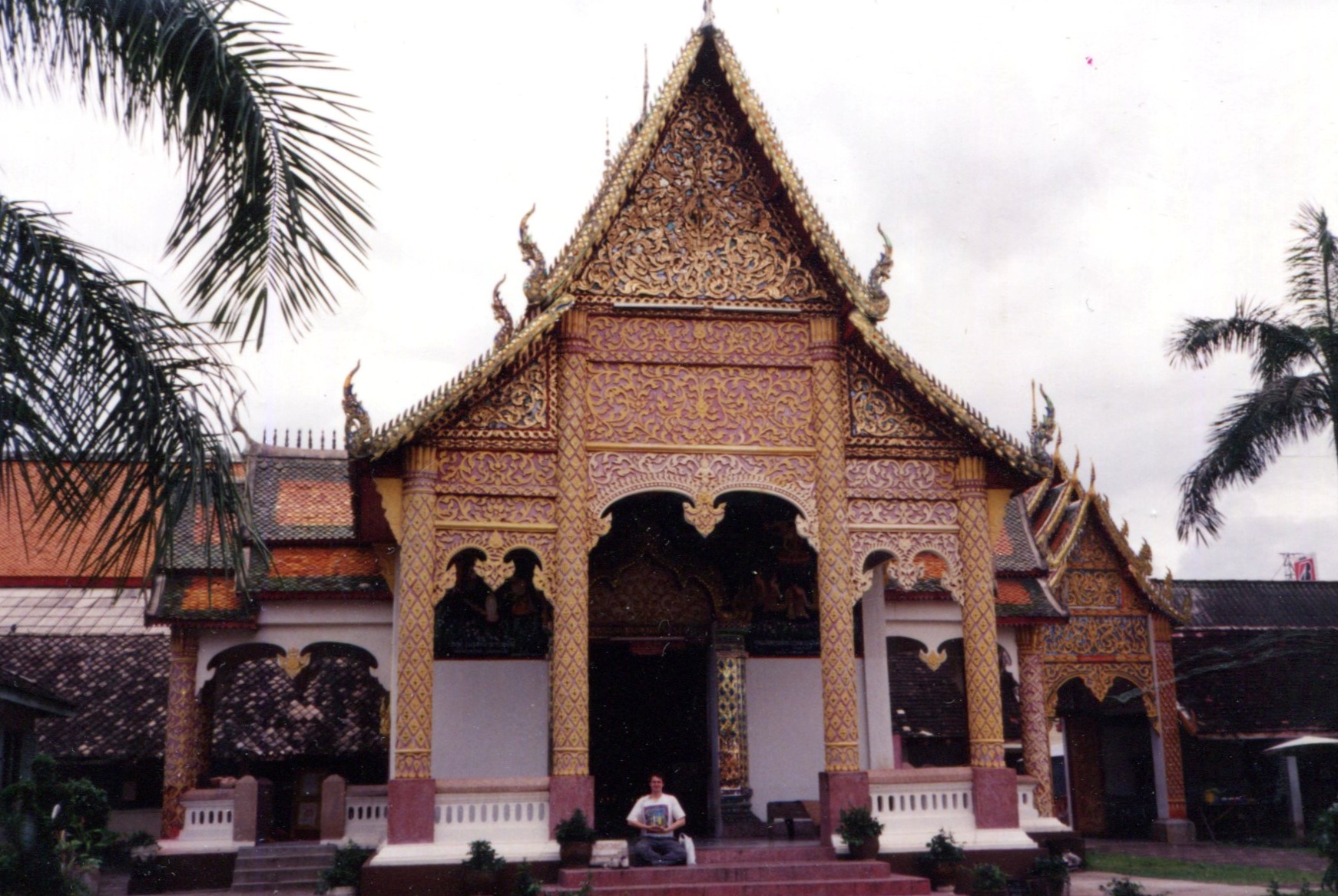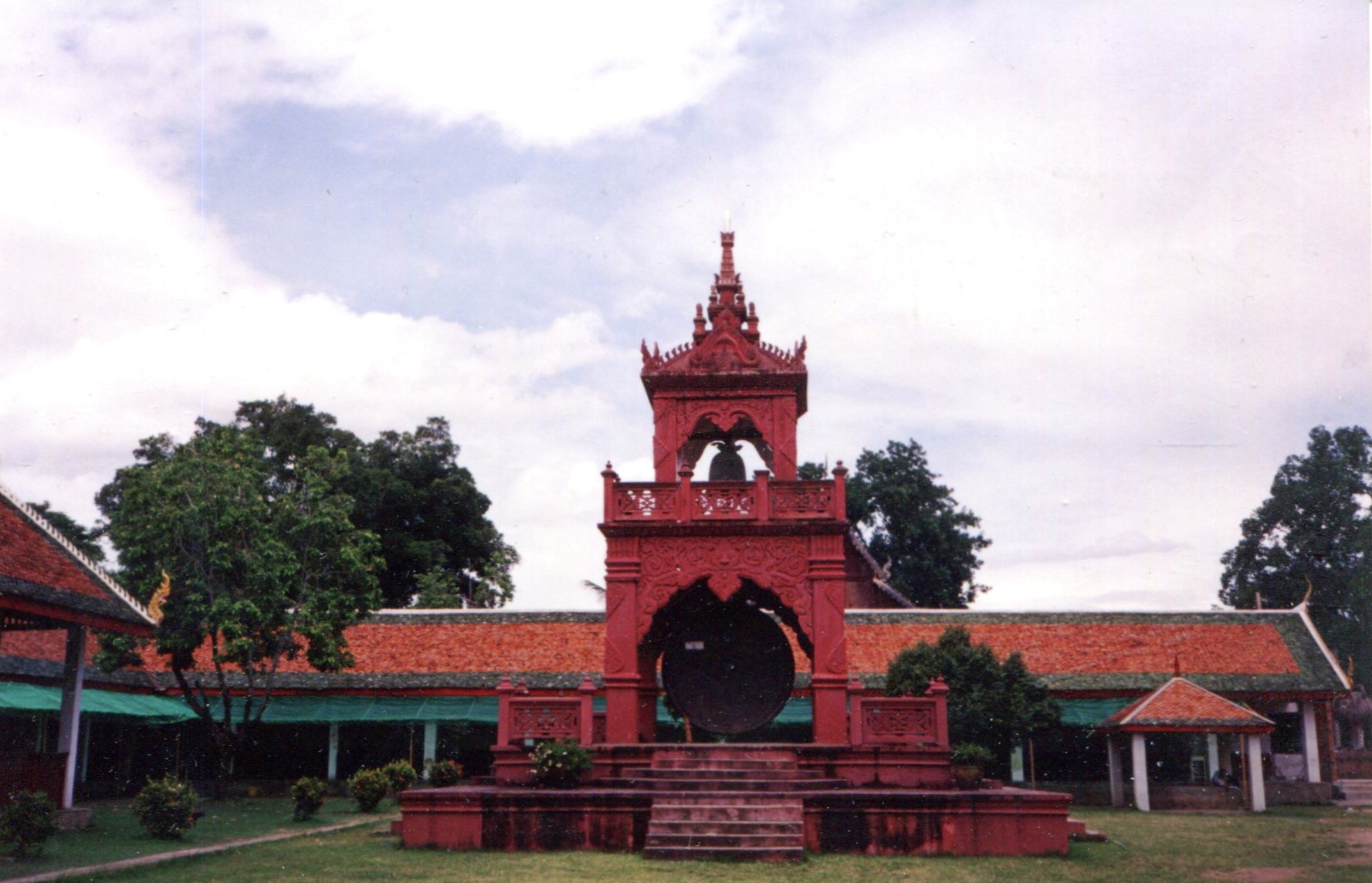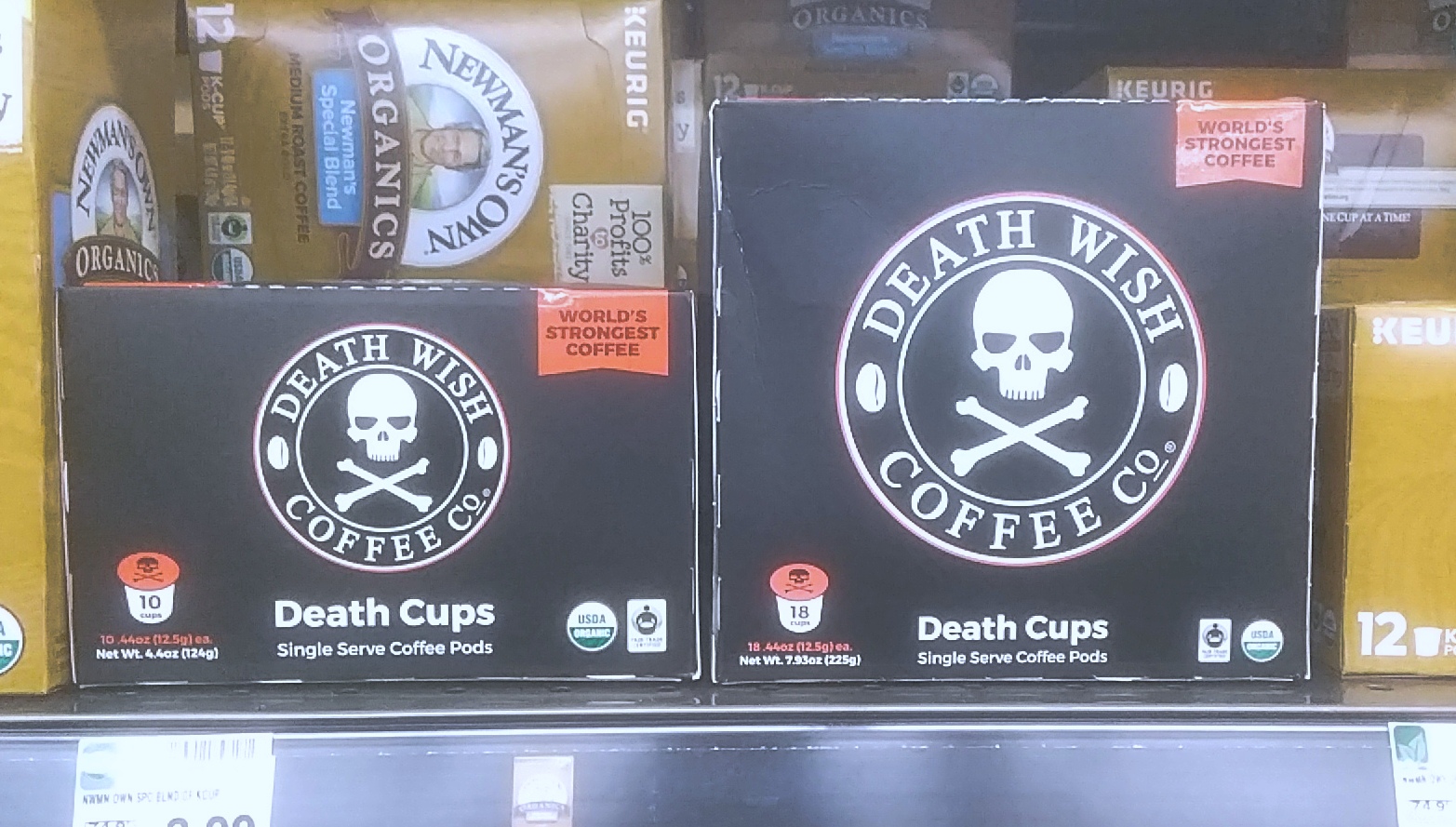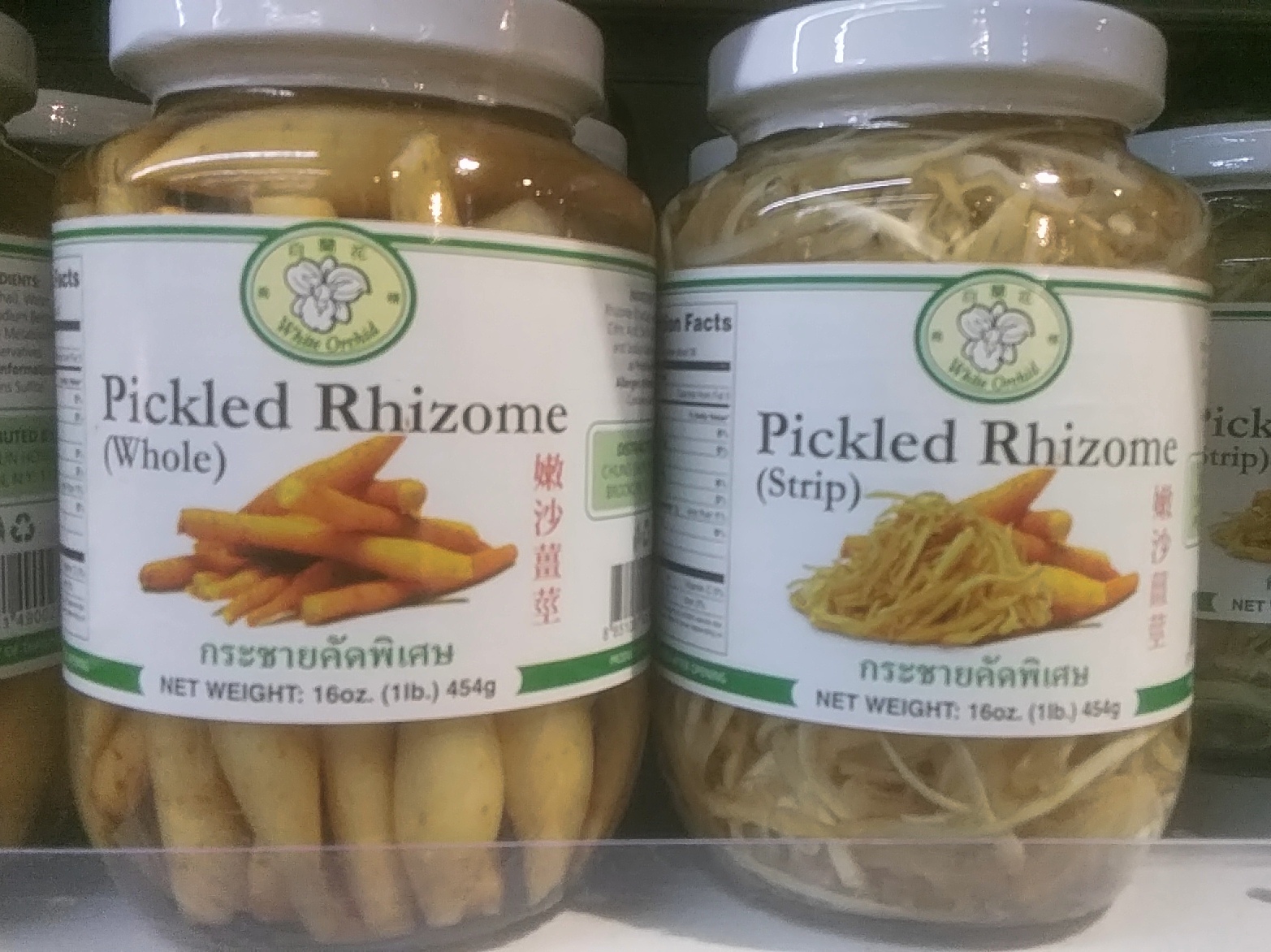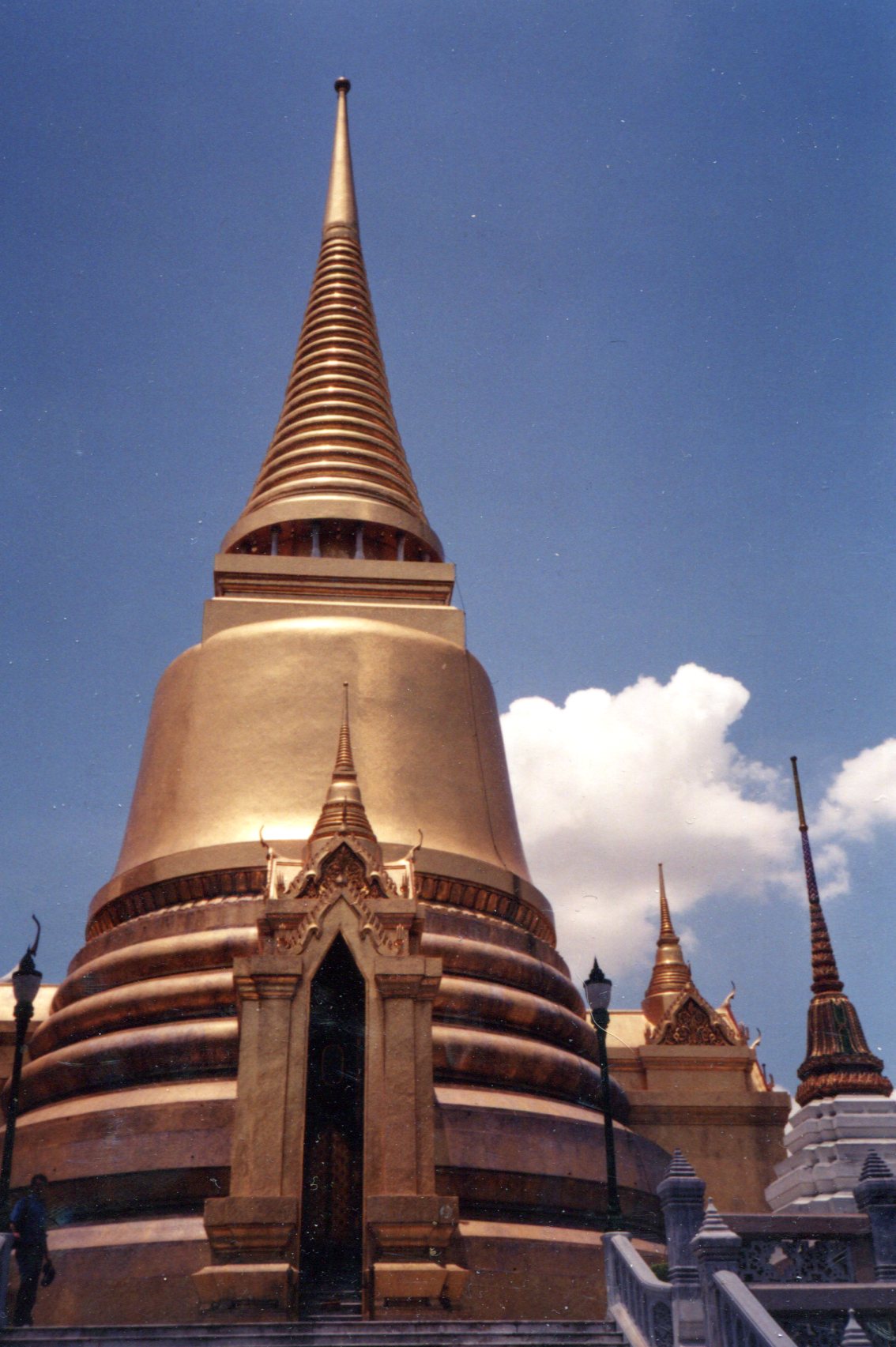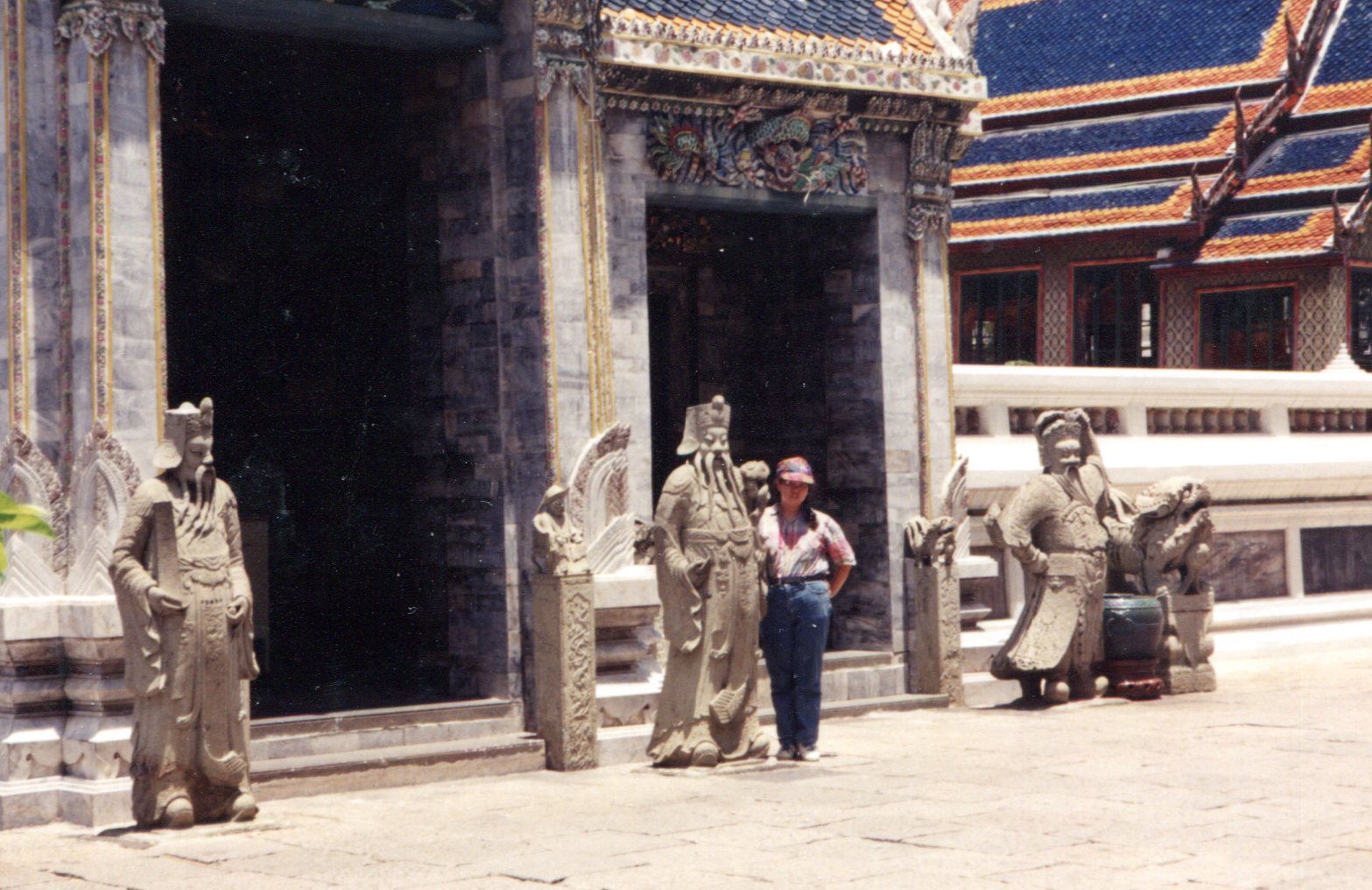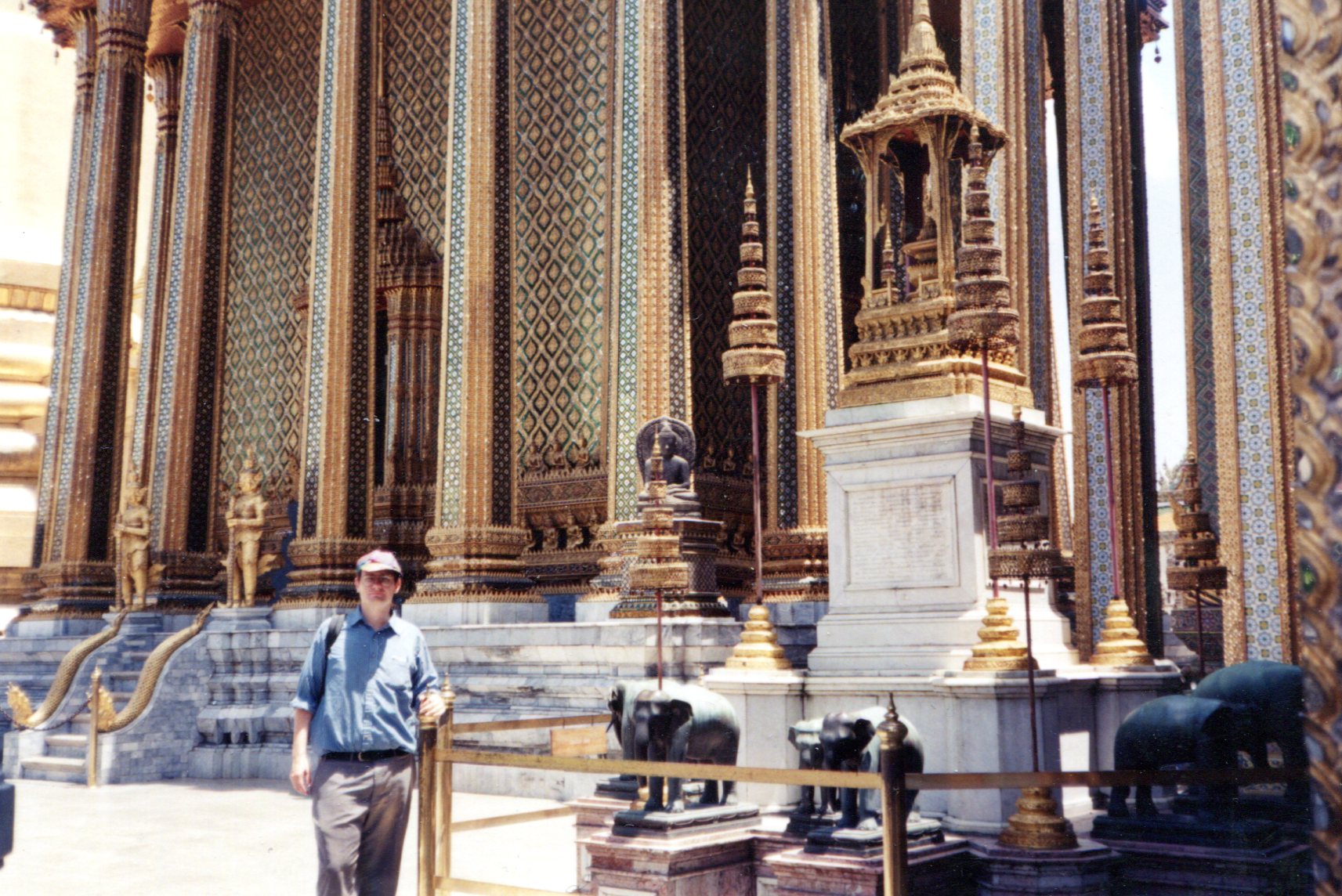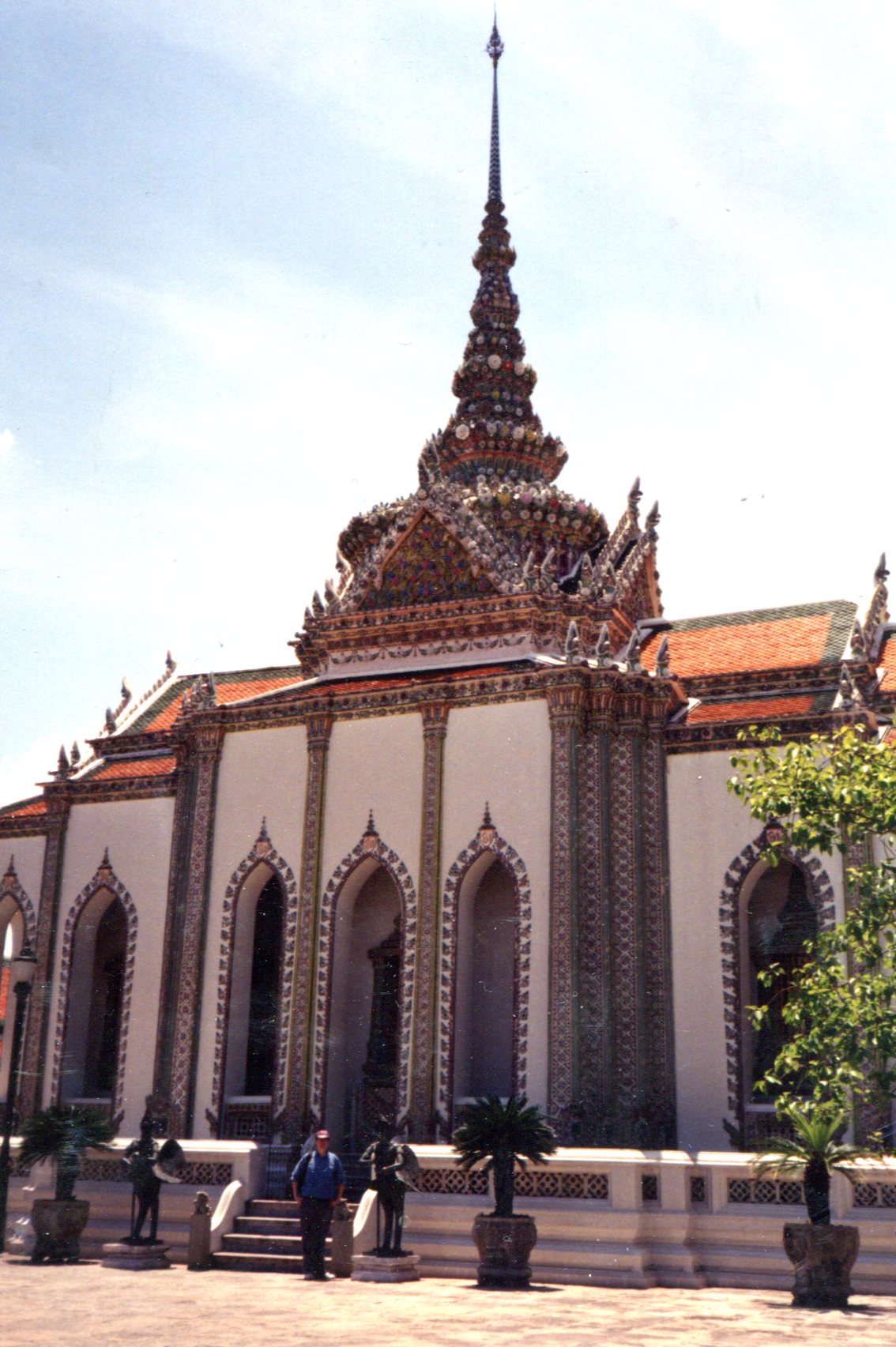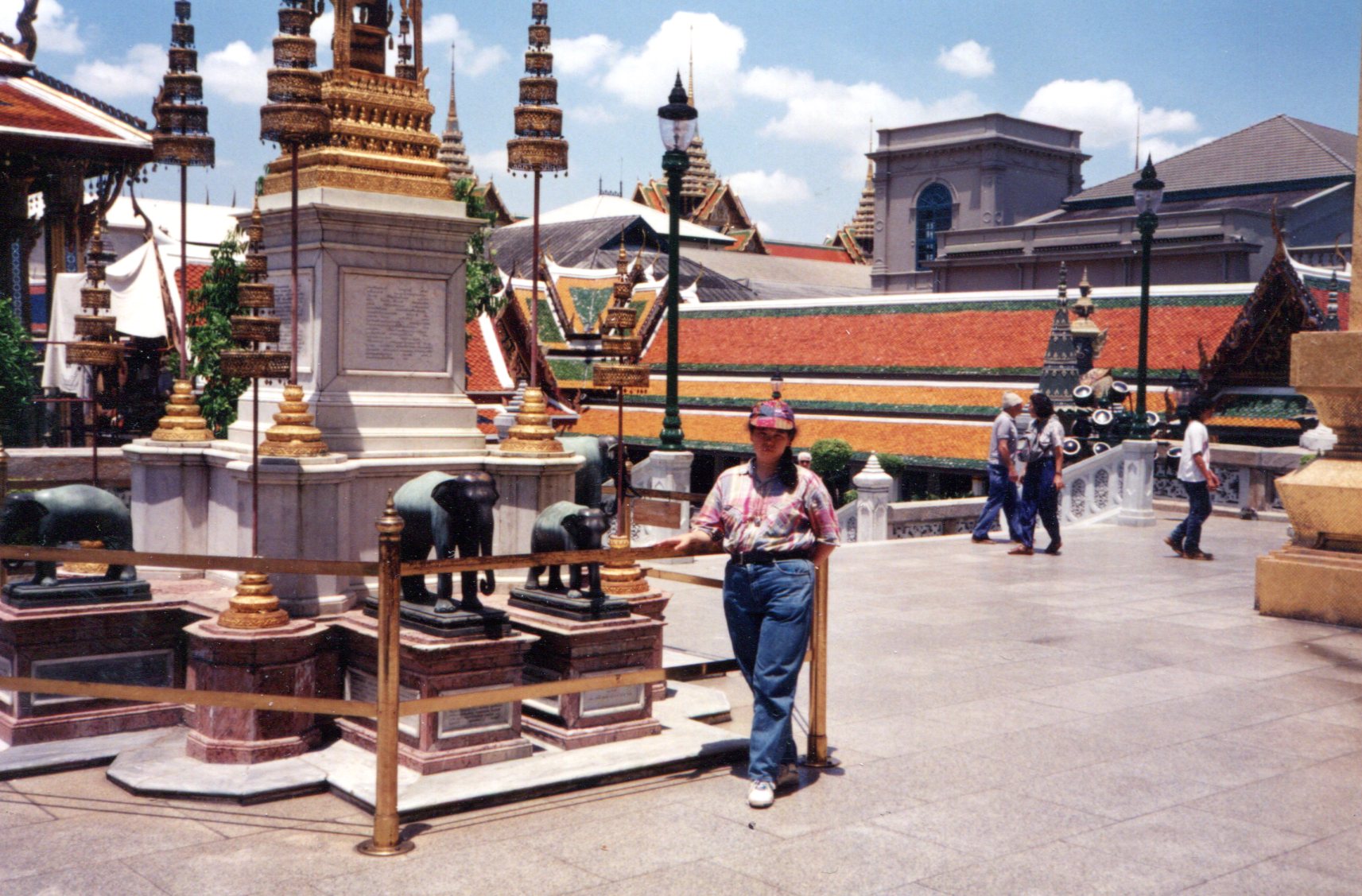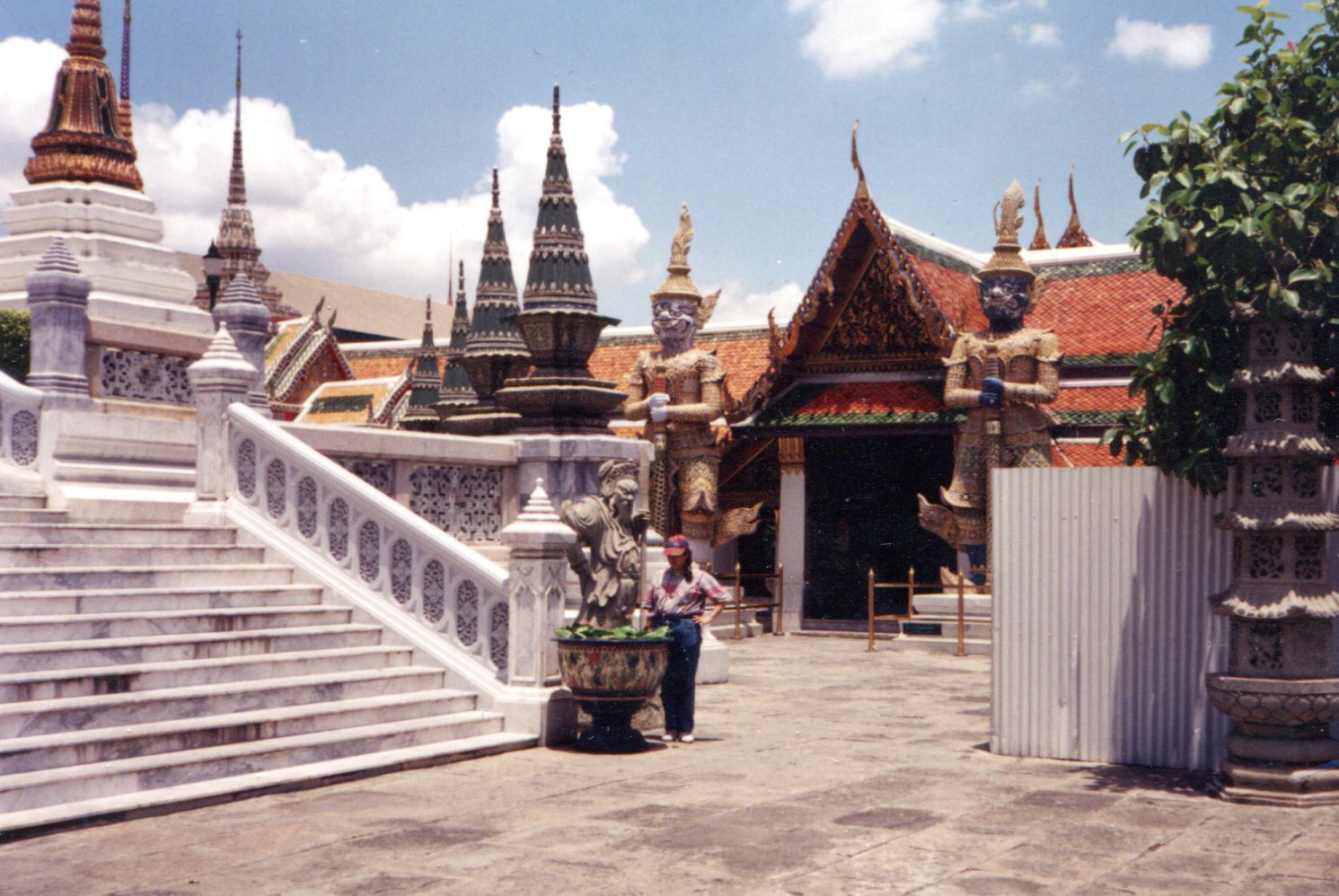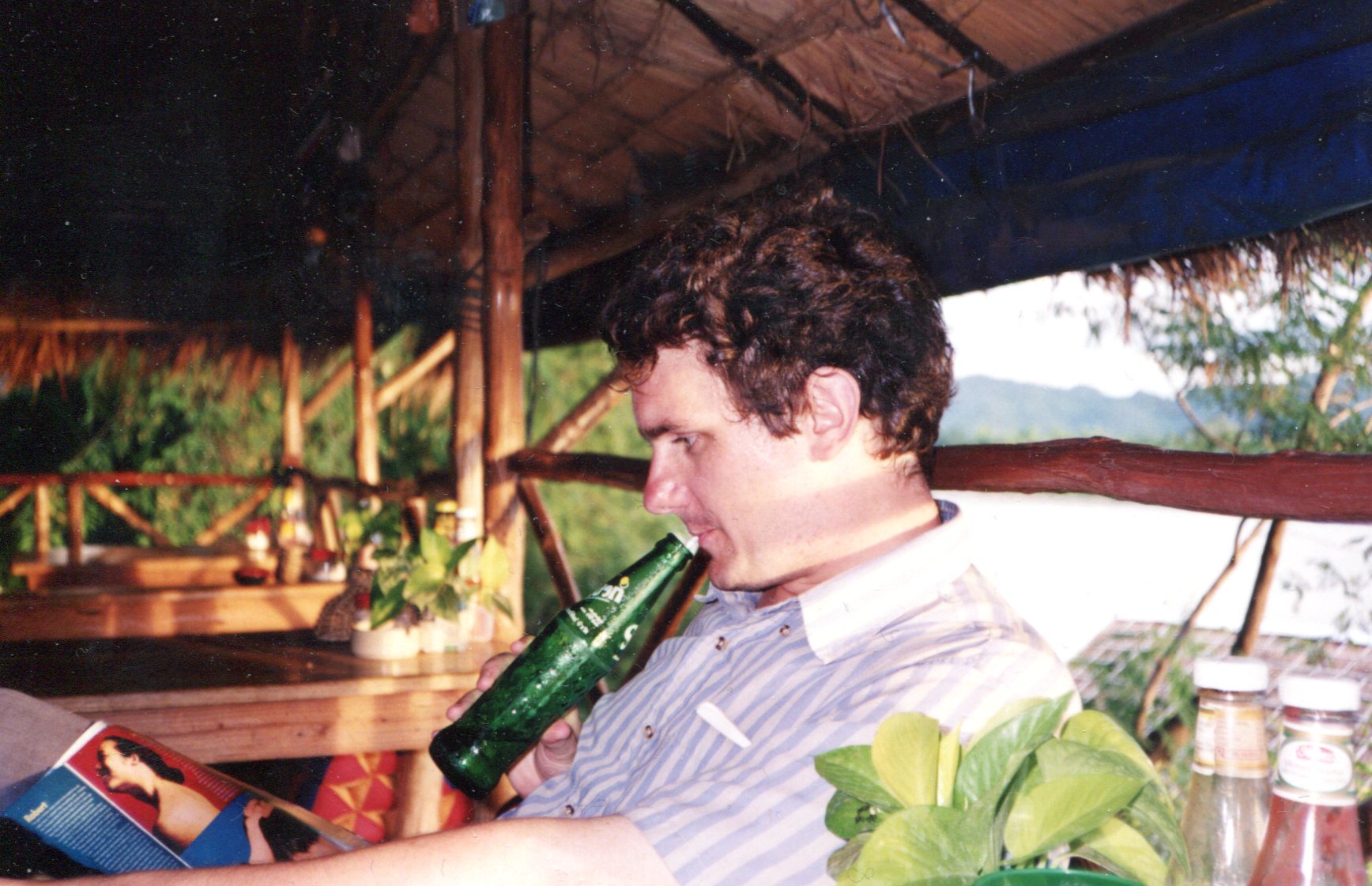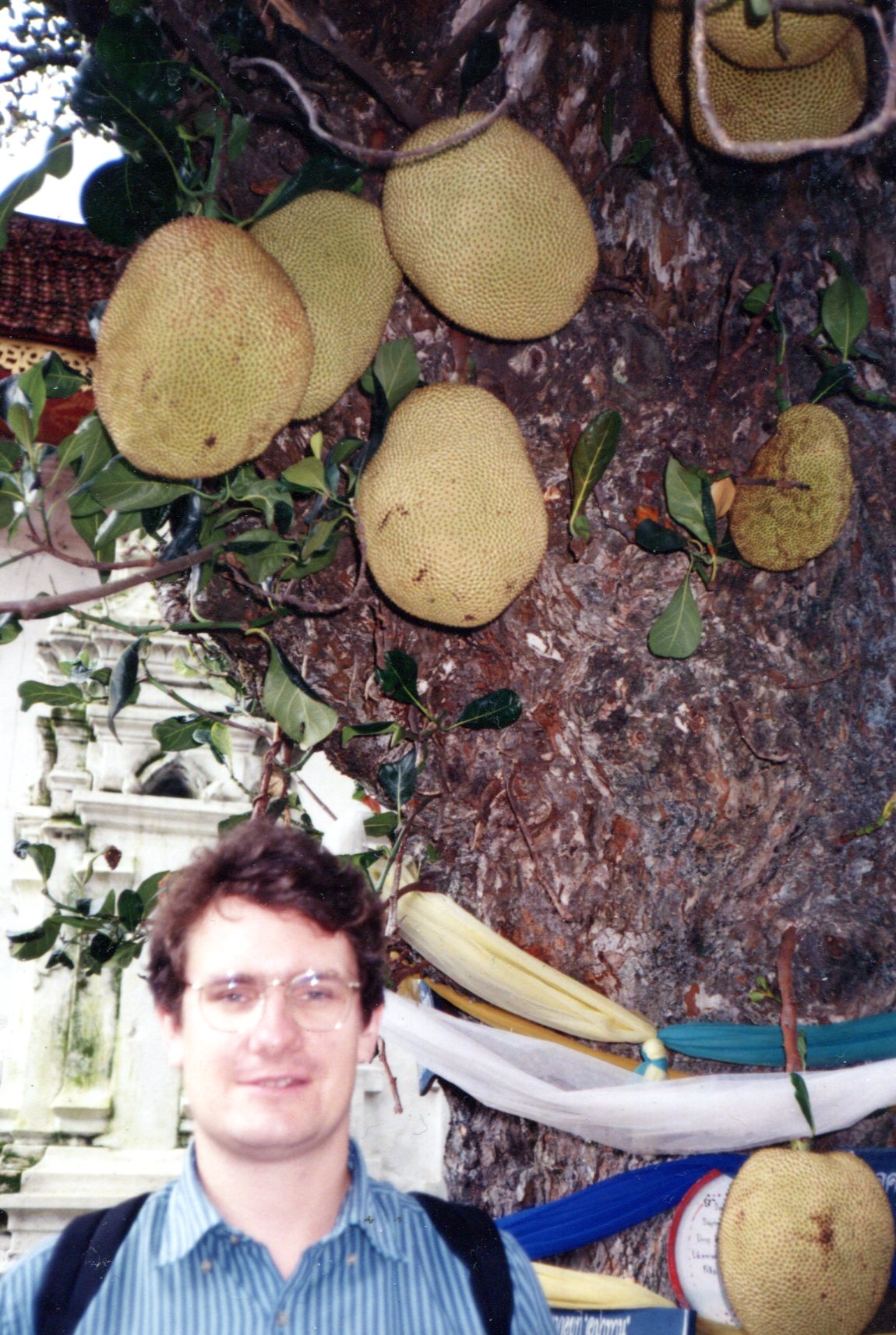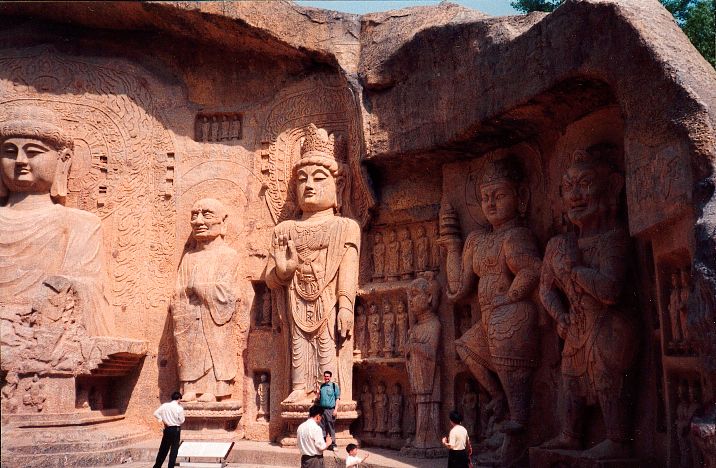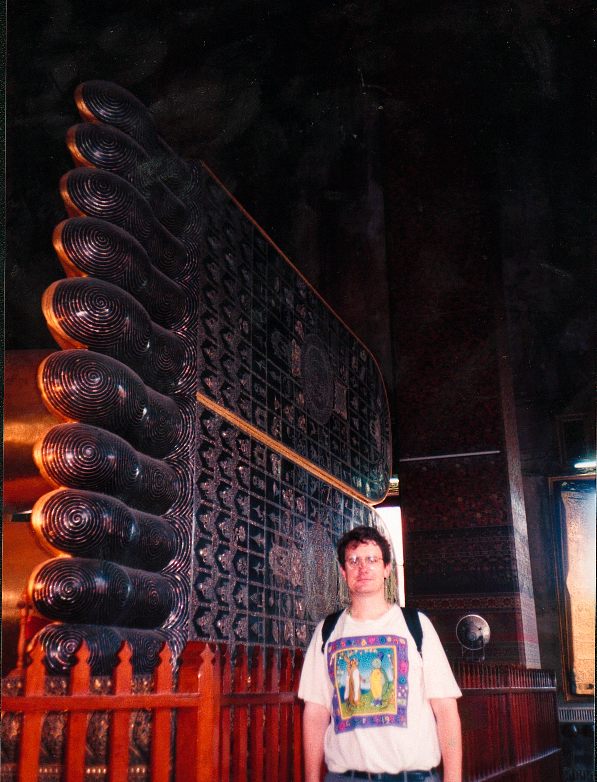Hot weekend, at least for northern Illinois, which means temps touching 90° F. A little early for that, but not too far from the norm. It is summer, after all, never mind the exact date of the solstice.
Not as hot (or steamy) as Thailand 30 years ago. Thirty years? How did that happen? I know, one day at a time. In June 1994 we visited Chiang Mai, in northern Thailand, which we reached by rail from Bangkok. One day during the visit, we took a day trip to Wat Phra That Doi Suthep, as a lot of people do.
Written about a week later:
We were in Chiang Mai until June 21. They say it’s more manageable than Bangkok, but the traffic was every bit as fierce as Bangkok’s, just on a smaller scale, and with a good deal less traffic control, which is saying something. At first getting across any street was a chore, but by the second day it had gotten easier, though never easy.
That day (the 18th) we blew a bunch of money (all of $9) having a songthaew (siitor, sic) take us to Doi Suthep. We could have traveled there for a fraction of that, but the excellent breakfast at Montori – very very good pastries – must have put us in a less tight-fisted mood, and off we went.
Doi Suthep didn’t disappoint: a splendid wat, great and gilded and on a hilltop, up a winding park road.
Only partly up a winding park road. It was then a climb of 300-plus steps to reach the wat. If I were there now, I would think I should have visited 30 years earlier. Good thing I did.
The art of gilding at Thai wats is highly advanced. I assume this is one of the wat’s chedi, which tend to be done in gold leaf and contain a chamber for relics.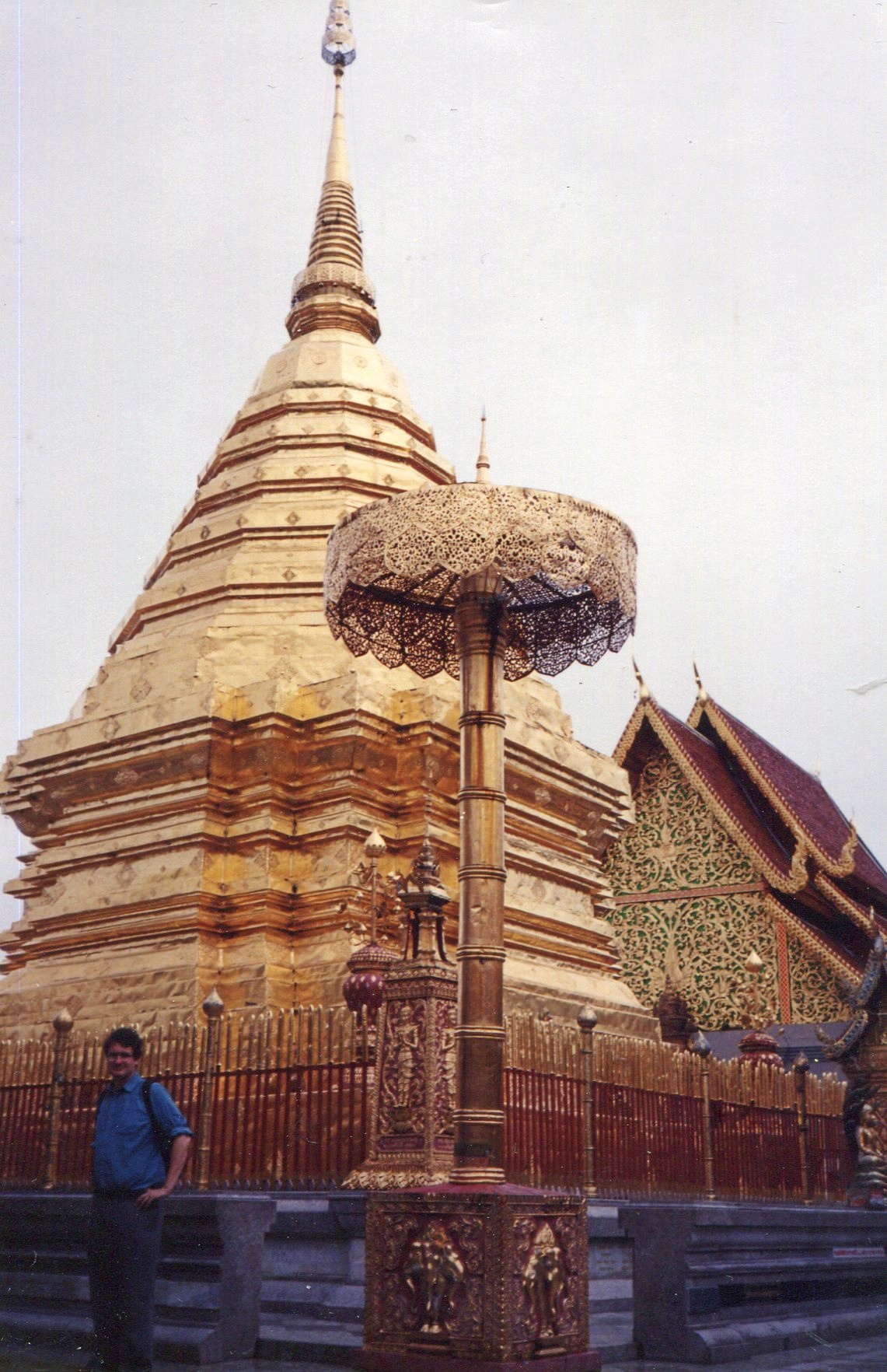
When you have access to a gong, use it. That’s what I always say.
After our visit, the siitor (sic) man talked us into going shopping. We thought about refusing, but were a bit curious. He took us to a silver working shop, an umbrella factory, a lacquerware factory (I almost bought a lacquer egg) and of course a jewelry display room.
I can’t visualize that egg, but if I’d bought it, I’m sure it would be parked in my office even now with other debris from across the decades and continents. I might not even have to turn my head to see it.
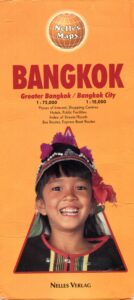
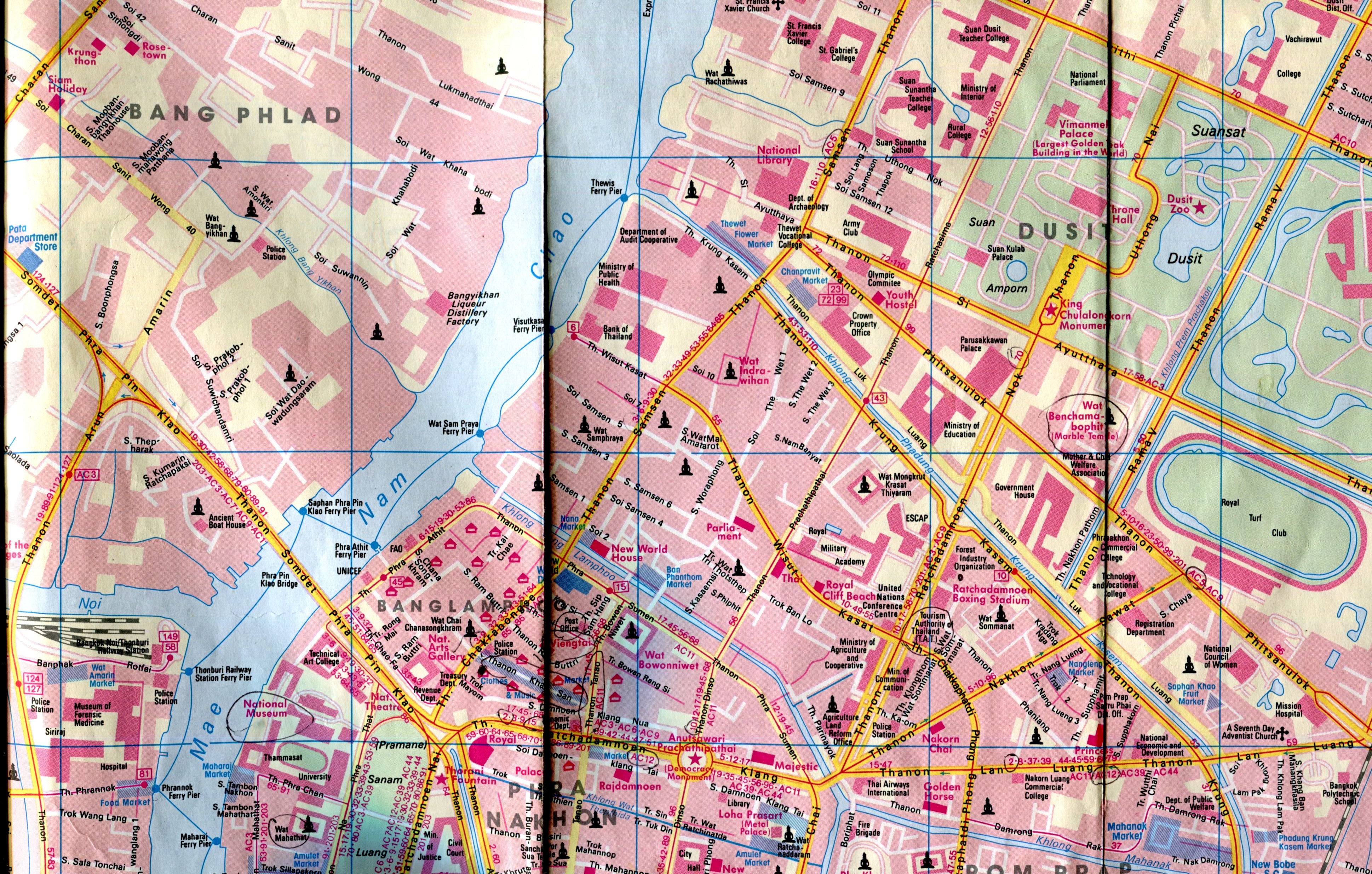
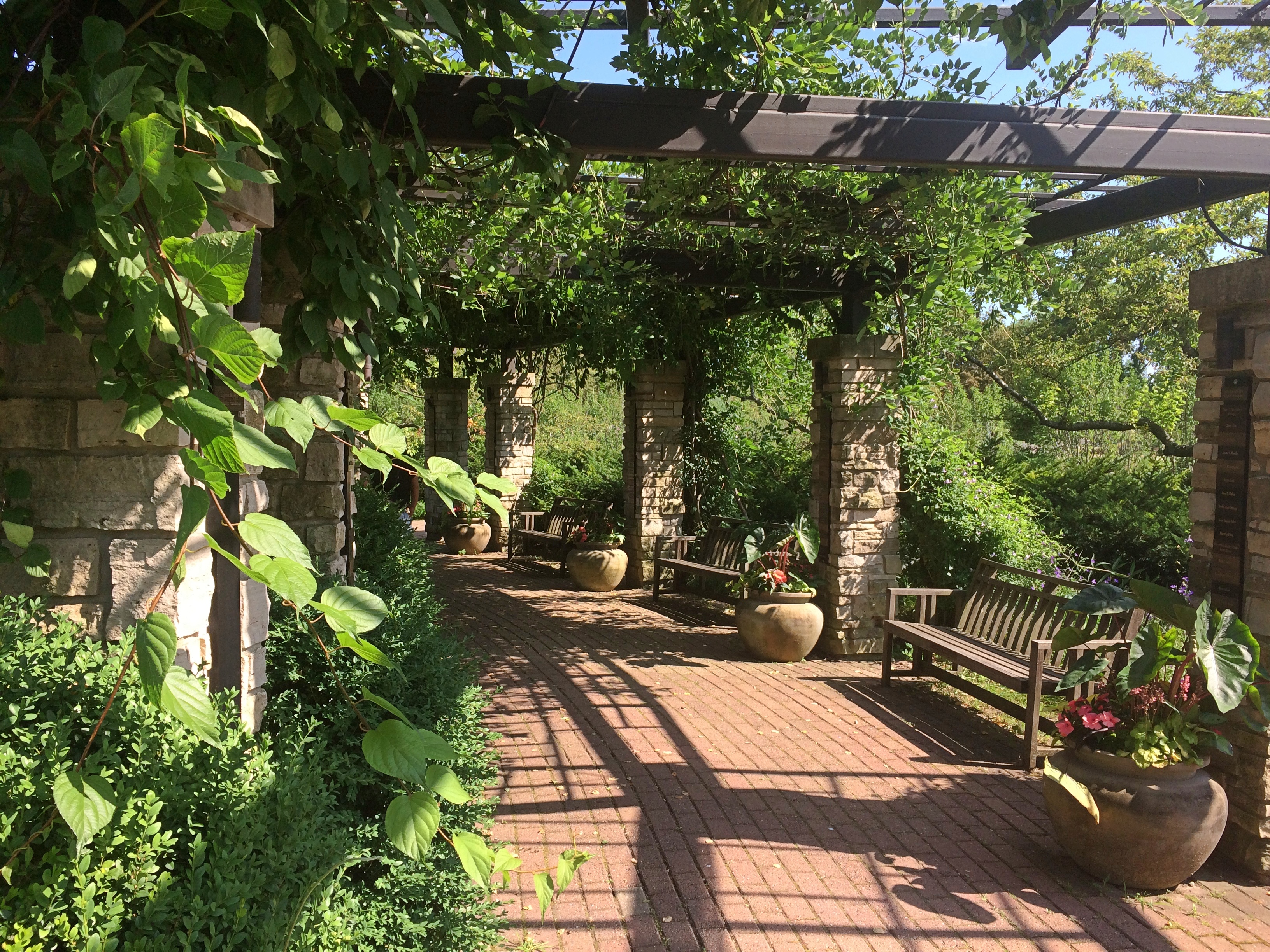
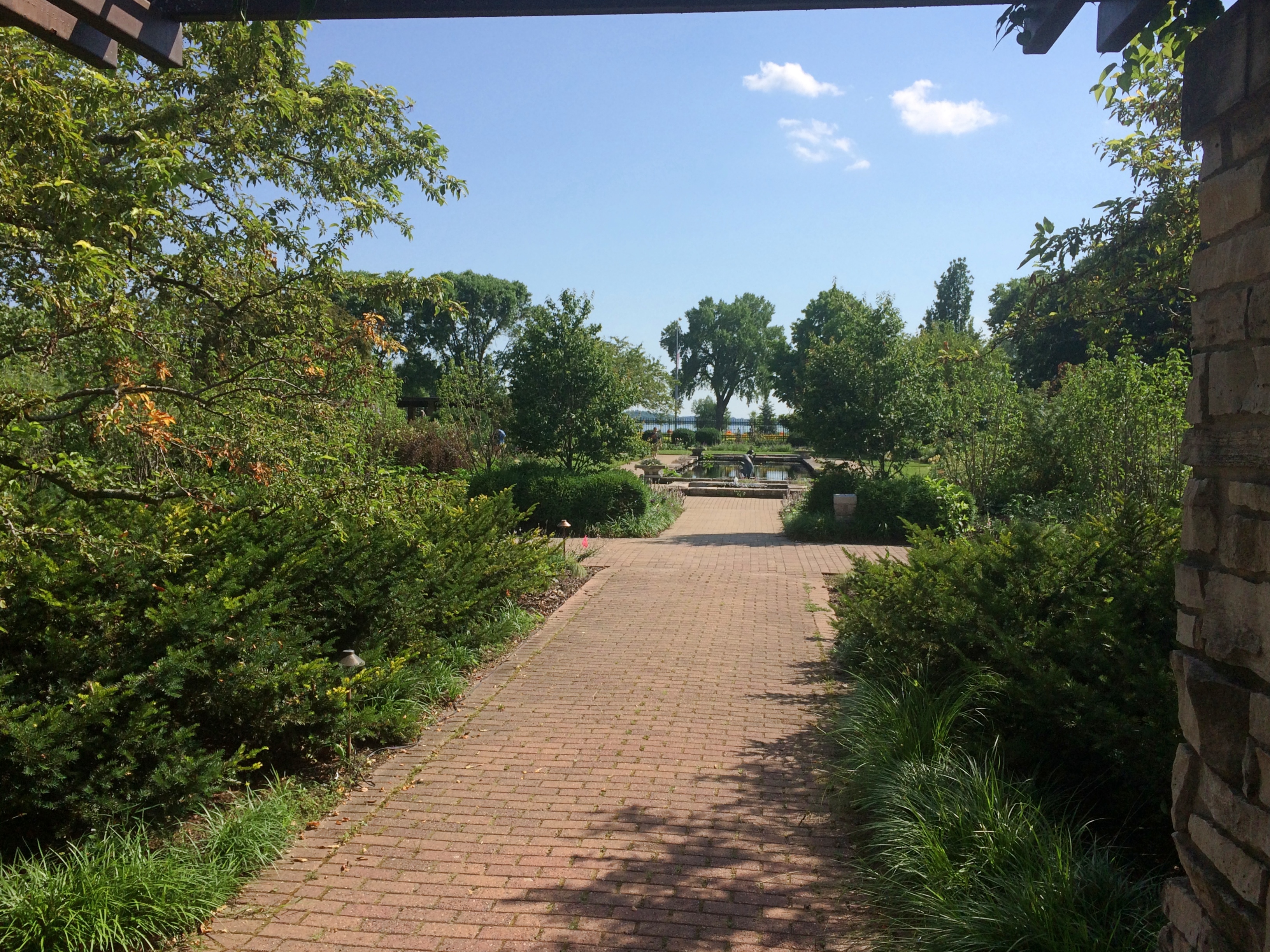
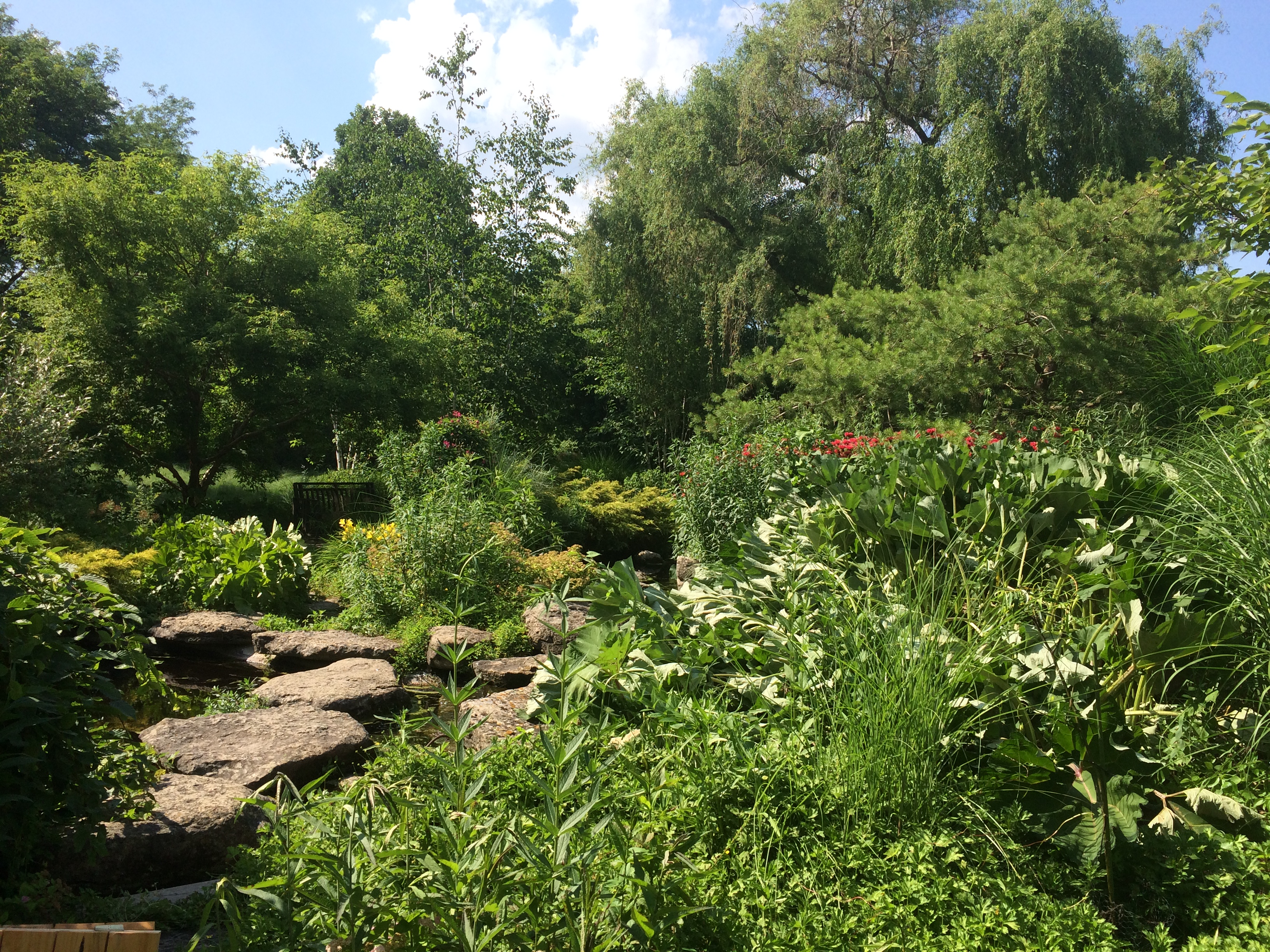
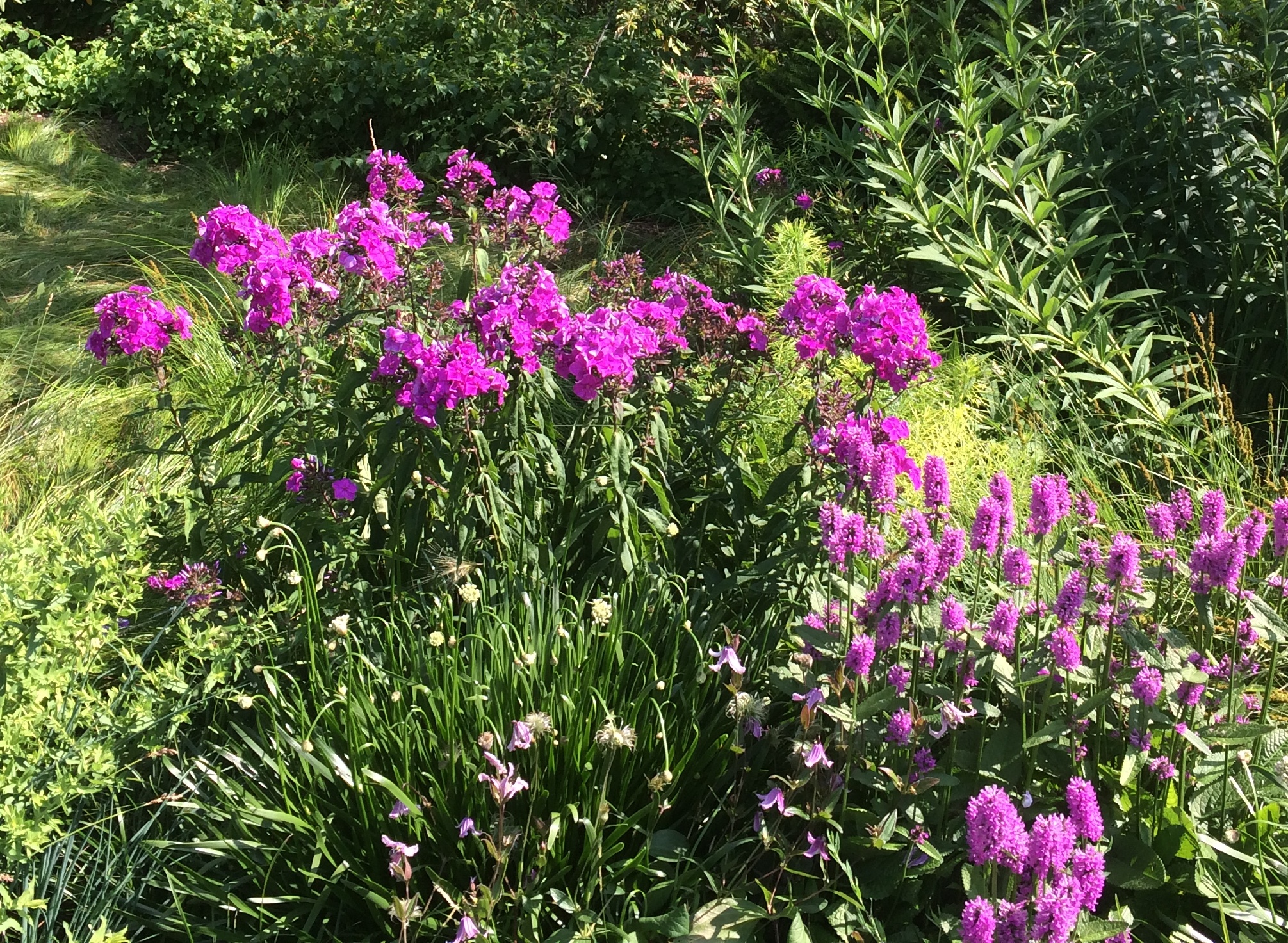
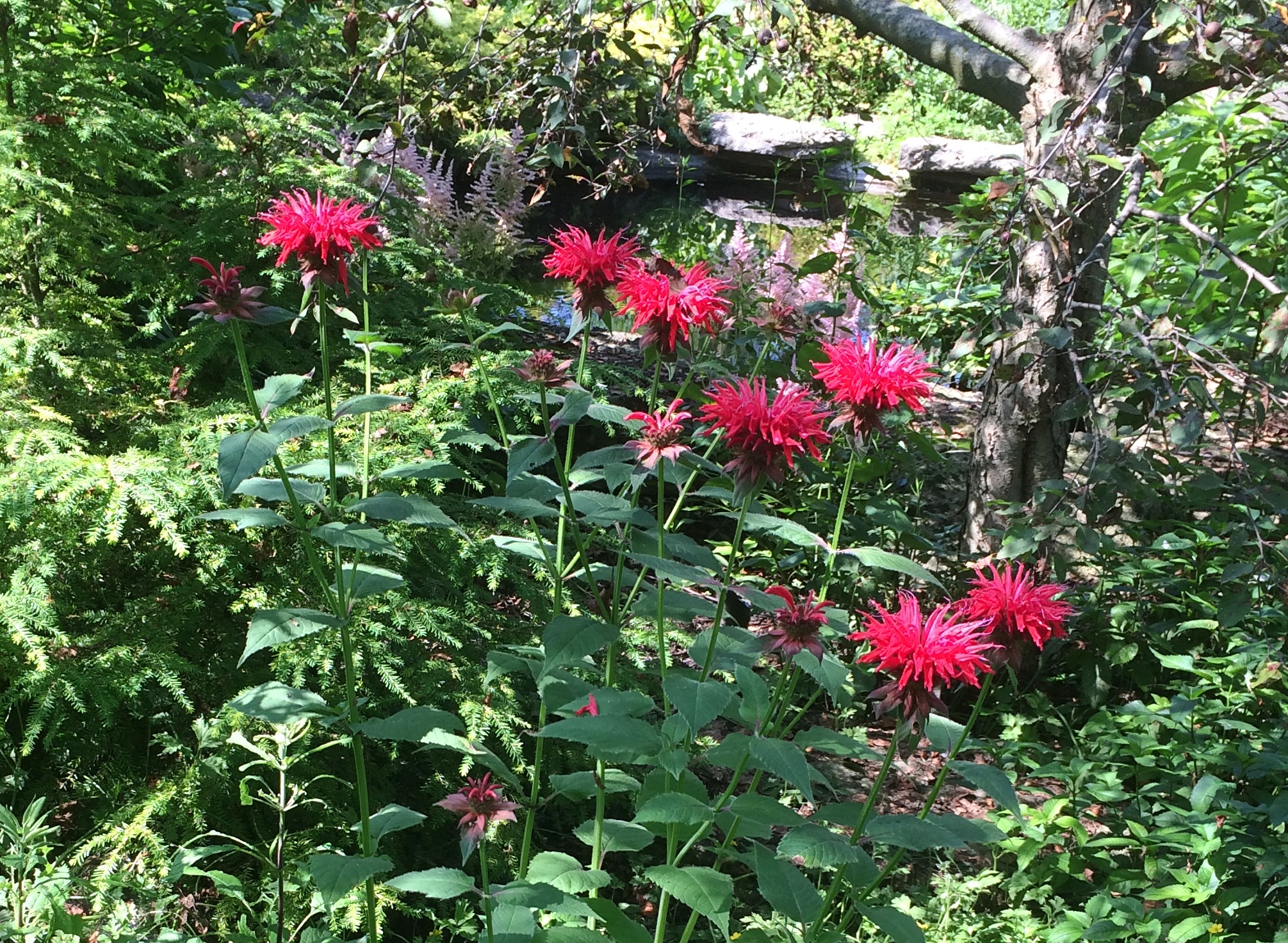
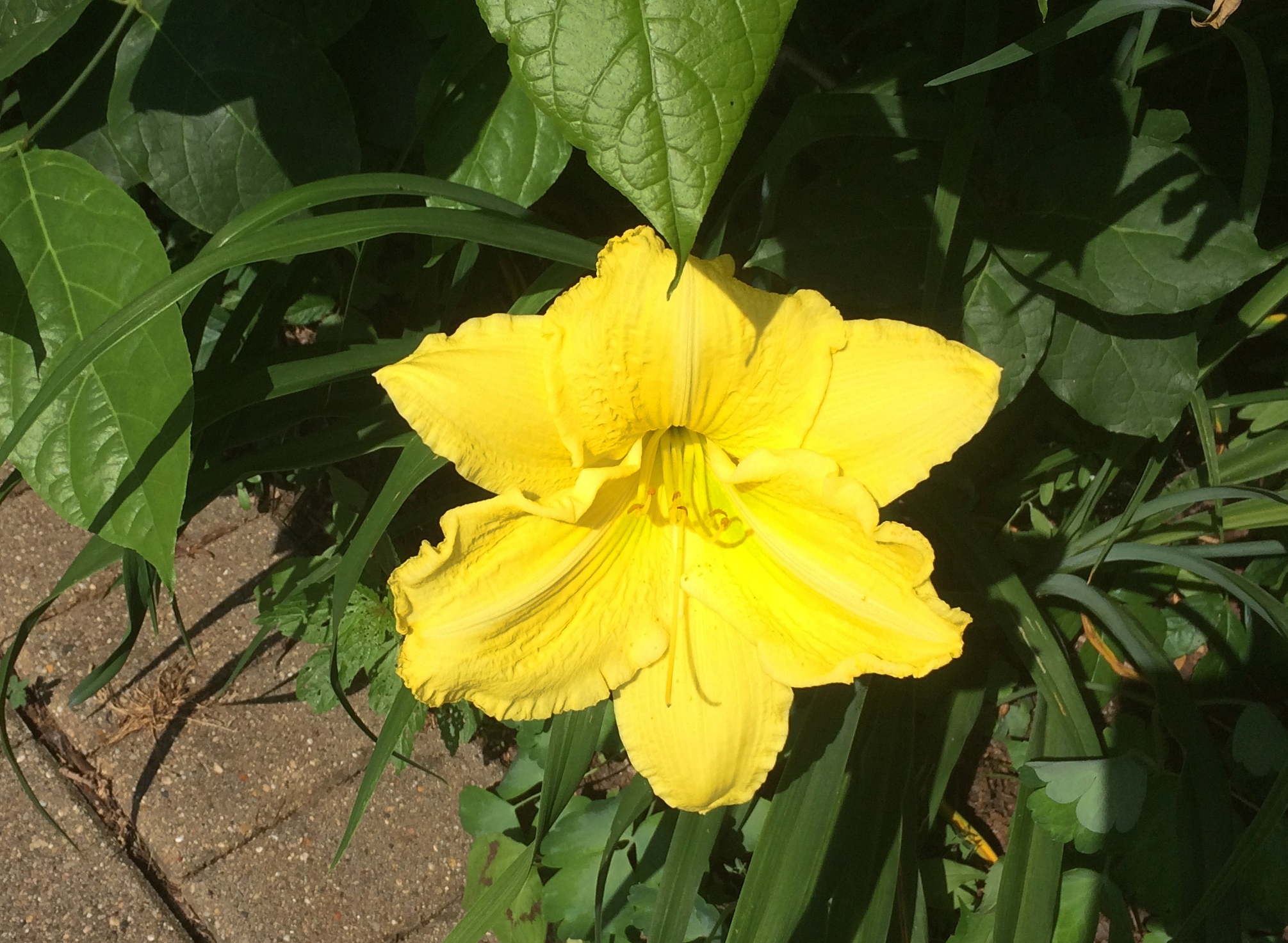
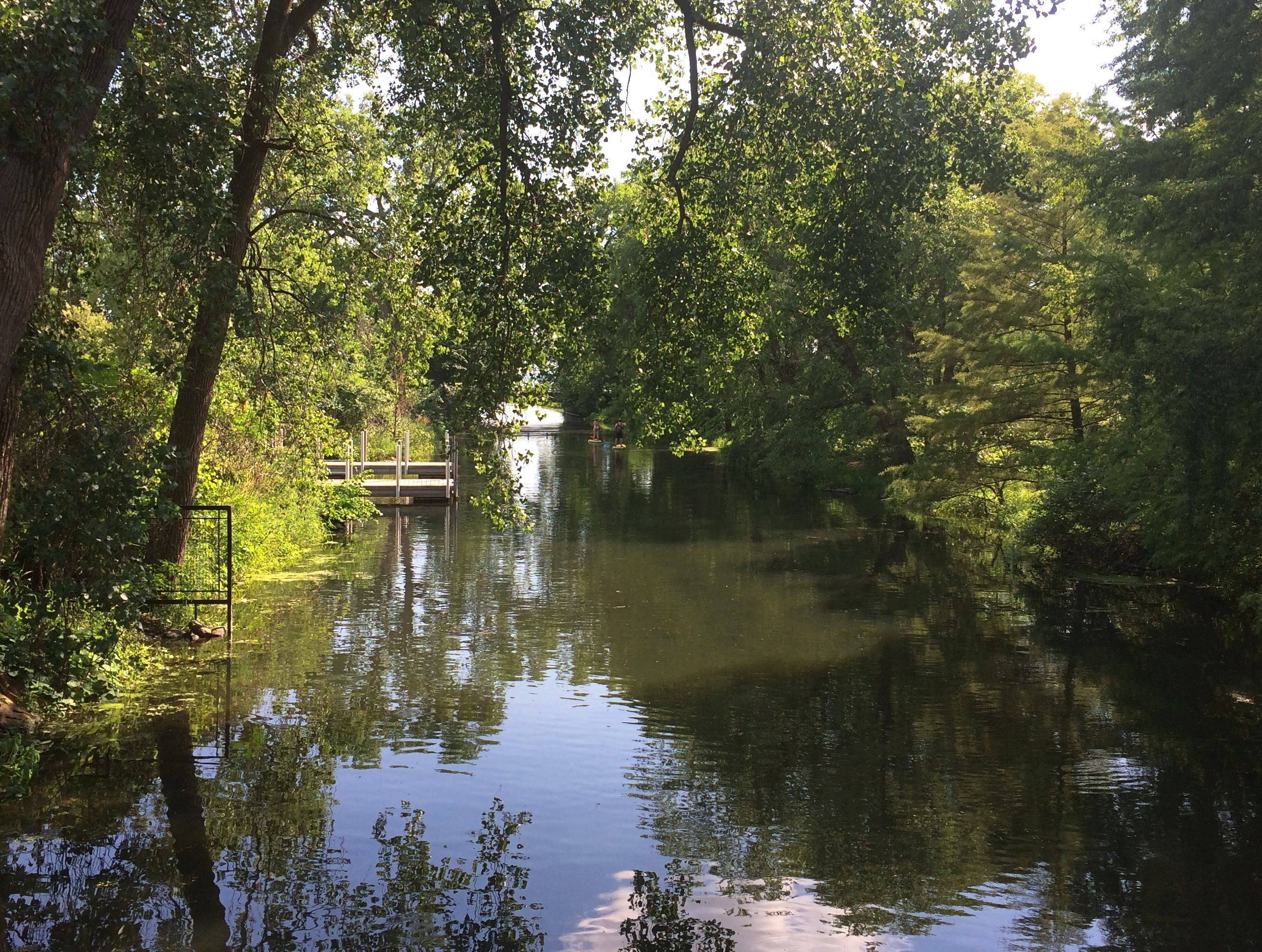
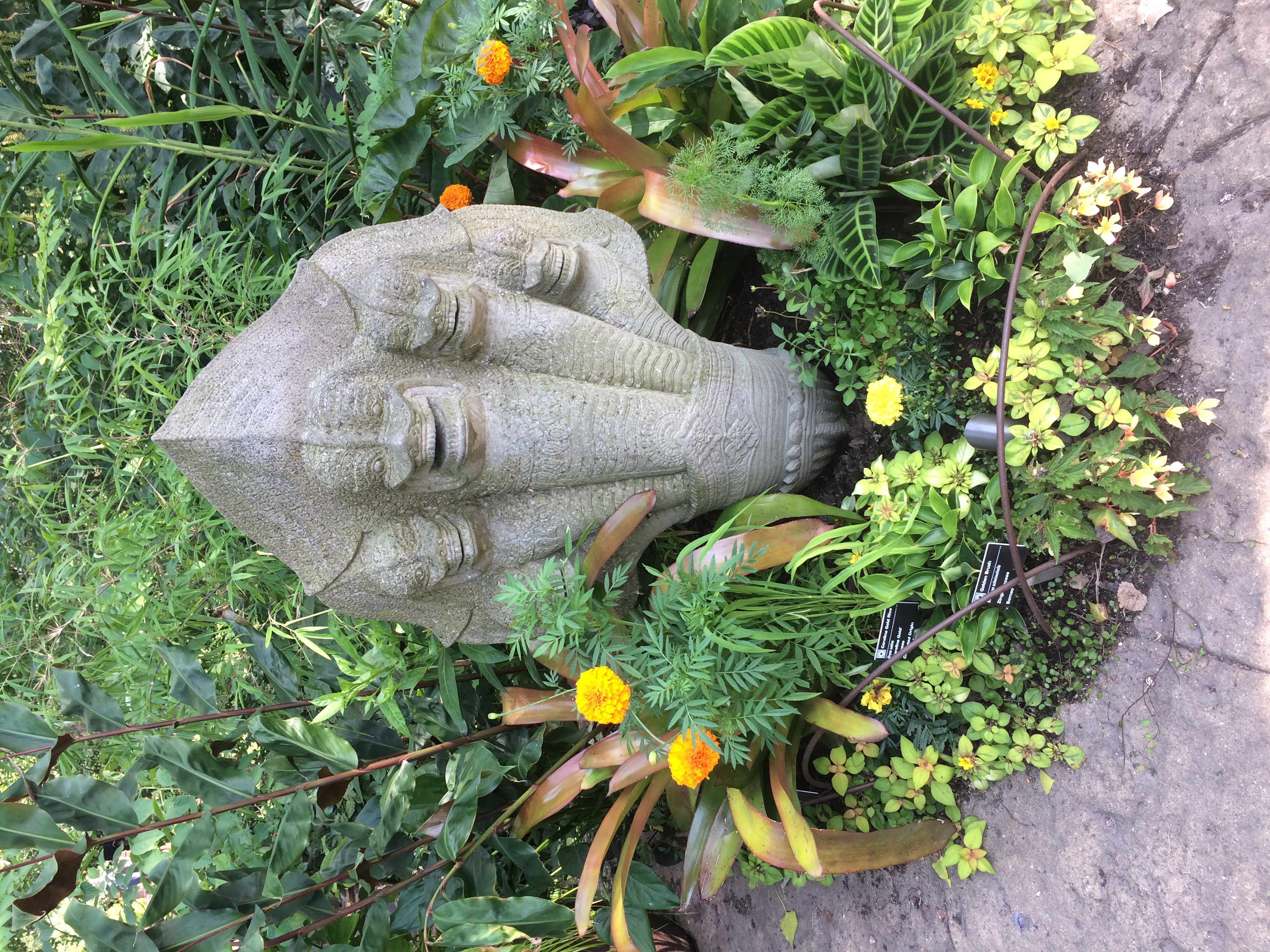


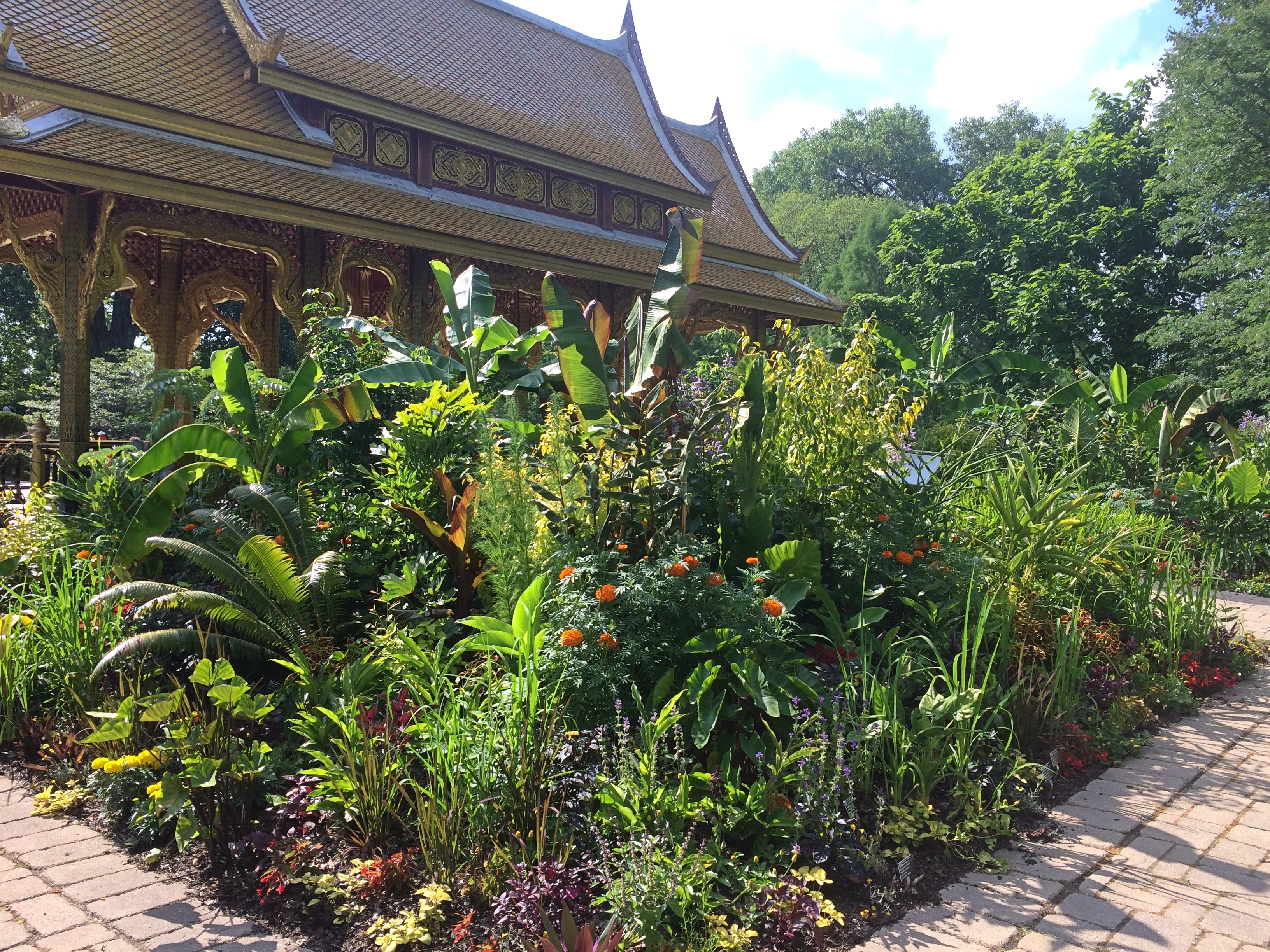
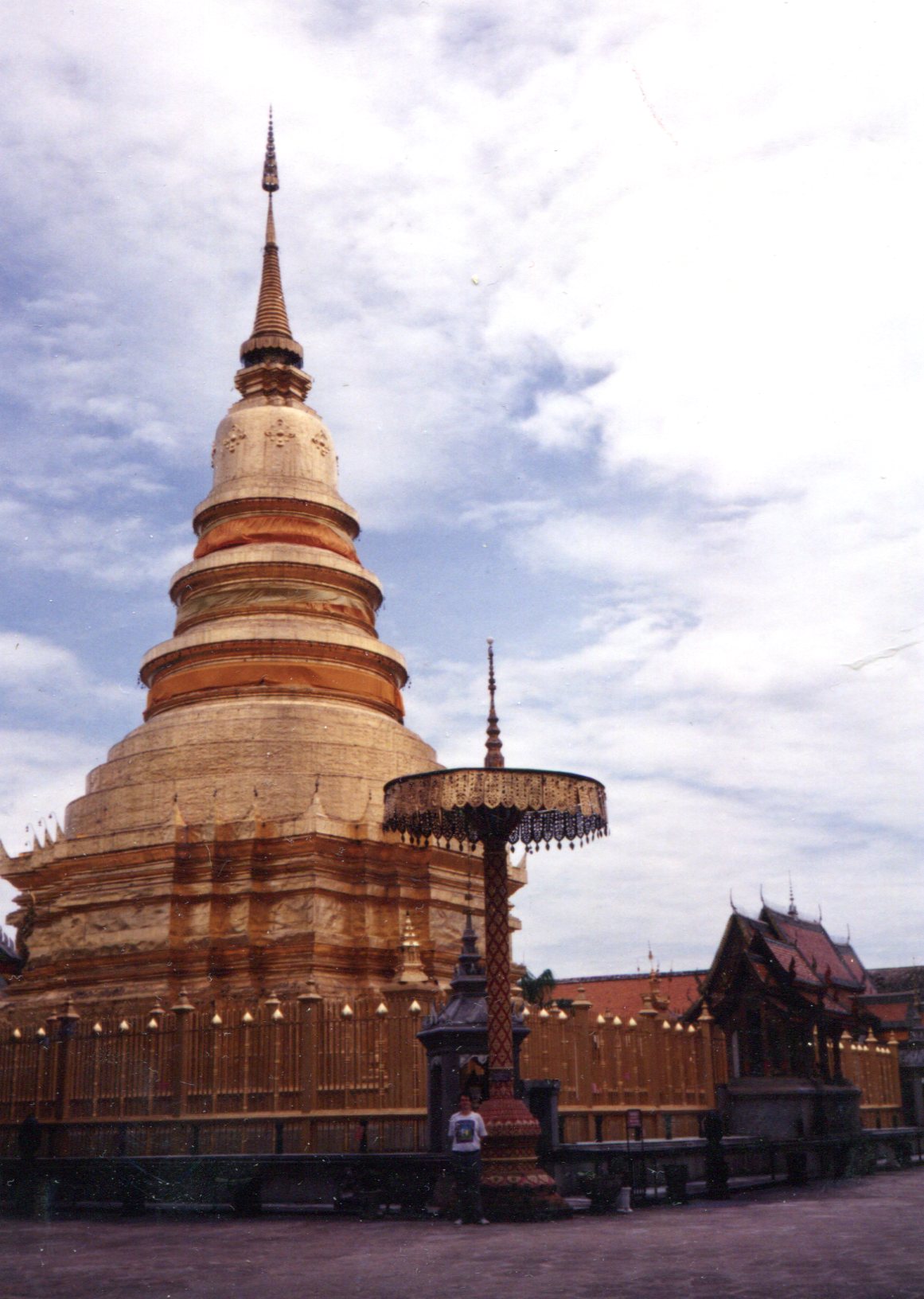 Below, the part of the temple known as Viharn Phra Chao Thunjai,
Below, the part of the temple known as Viharn Phra Chao Thunjai, 